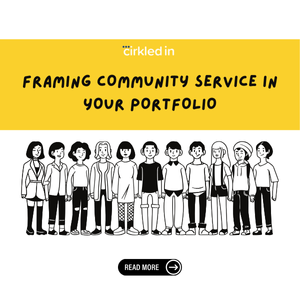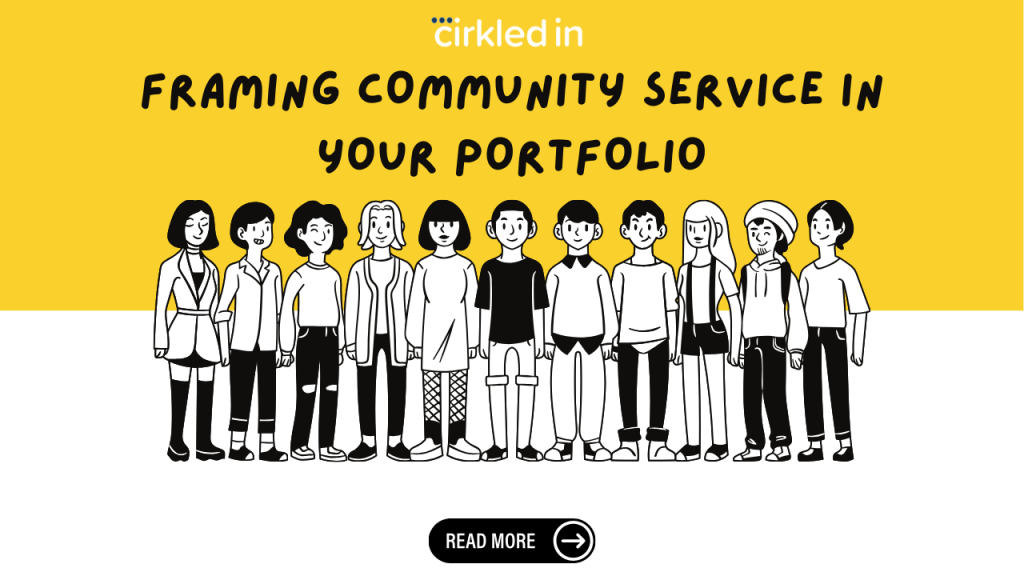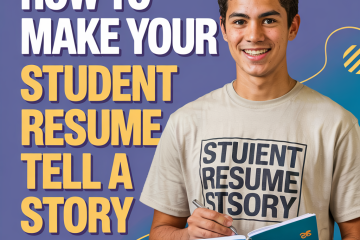From Volunteer Hours to Impact Stories: Framing Community Service in Your Portfolio

Colleges want students who make a difference. Listing volunteer hours is good, but showing the volunteer impact you made is better. This article will help you turn your community service into compelling stories for college applications and resumes. Learn to quantify your contribution, reflect on what you learned, and connect your service to your future goals. Show, don’t just tell! You can use platforms like Cirkled In to track your volunteer hours as well as show your activities (and it’s free!).

Why “Volunteer Impact” Matters to Colleges
Colleges seek students who are engaged citizens. They want to see how you contribute to the world around you. Listing hours shows you participated. Explaining your impact shows you made a difference. Colleges want to know:
- What problem did you address?
- How did you contribute to the solution?
- What did you learn from the experience?
Showing your impact demonstrates your commitment, initiative, and ability to learn.
Turning Hours into Stories: Quantifying Your Contribution
Don’t just say you volunteered; show what you accomplished. Use numbers to quantify your impact.
- Example: Instead of “Volunteered at a food bank,” say “Sorted and packed 500 lbs of food, providing 400 meals to local families.”
- Tip: Track your progress while volunteering. Keep notes on your tasks and their results. Ask your supervisor for specific data. For organized tracking and easy sharing of these quantified achievements, consider using Cirkled in. The platform offers tools to document your experiences, making it simple to demonstrate your impact.
Quantifying your work makes your contributions tangible and impressive.
Reflecting on Your Volunteer Experience: What Did You Learn?
Colleges want to see how you grow. Reflect on your experiences and what you learned.
- Consider:
- What new skills did you develop?
- What challenges did you overcome?
- How did this experience change your perspective?
- Did you learn more about a specific cause or population?
Sharing your reflections demonstrates self-awareness and maturity.
Connecting Service to Your Future: Showcasing Your Values
Explain how your volunteer work connects to your future goals and values.
- Example: “Volunteering at an animal shelter solidified my passion for veterinary medicine. I learned about animal care and the importance of compassion.”
- Tip: Choose volunteer opportunities that align with your interests and intended major. This shows a clear connection between your passions and your actions.
Connecting your service to your future makes your story more compelling.
Examples of Impactful Volunteer Stories
- Tutoring: “Tutored 10 elementary students in math, improving their grades by an average of 15% and building their confidence.”
- Environmental Cleanup: “Organized a community cleanup event, removing 50 bags of trash from a local park and raising awareness about environmental issues.”
- Senior Care: “Volunteered at a nursing home, providing companionship and assistance to elderly residents, improving their quality of life.”
Conclusion: Volunteer Impact: Show Your Community Service
Turning your volunteer hours into compelling impact stories is key to showcasing your commitment and making a strong impression. By quantifying your contributions, reflecting on your learning, and connecting your service to your future, you can create a powerful narrative that highlights your values and makes you a standout applicant. Start documenting your impact today! Consider using a platform like Cirkled in to build a comprehensive portfolio of your volunteer experiences, making it easy to share your accomplishments with colleges and future employers.
Need more tips on college applications, scholarships, or just how to survive this whole process? Cirkled In has your back—check out Cirkled In resources to help you through every step of your college journey!



0 Comments